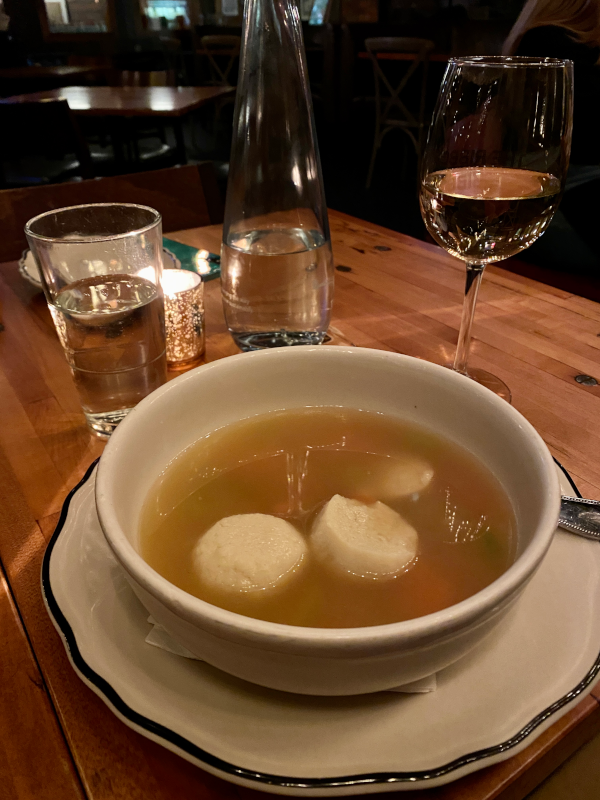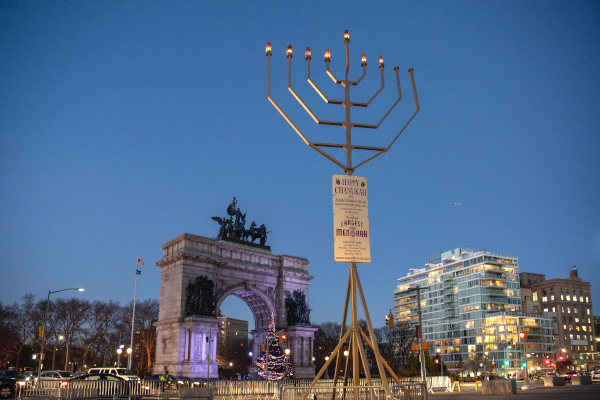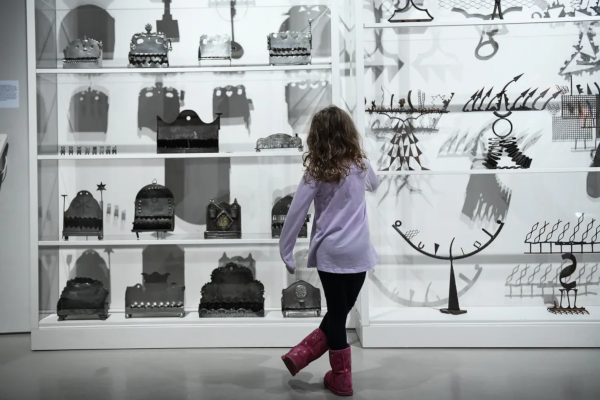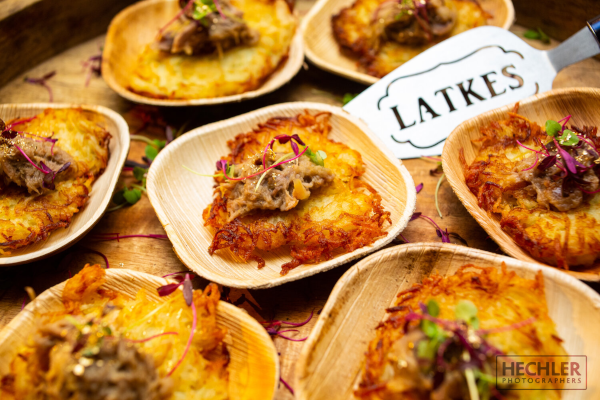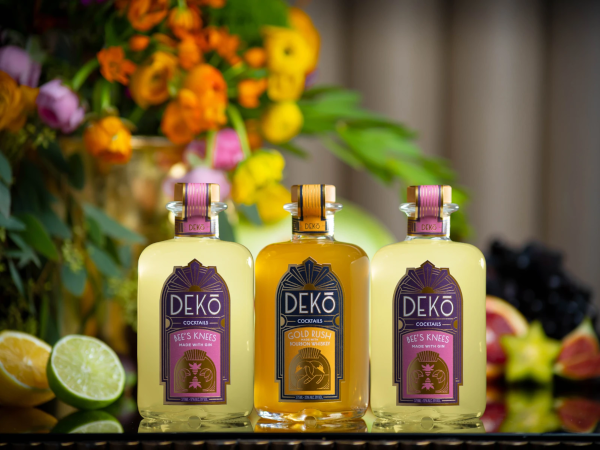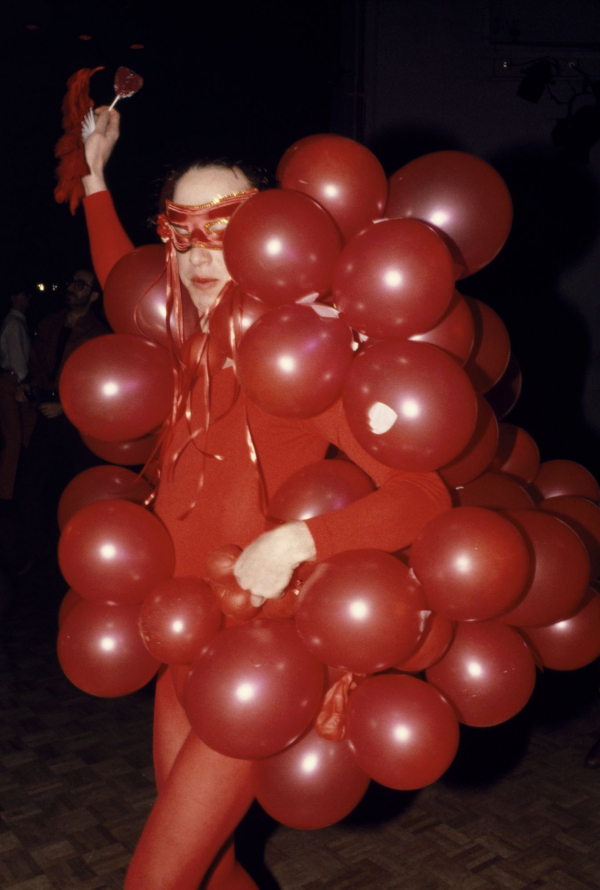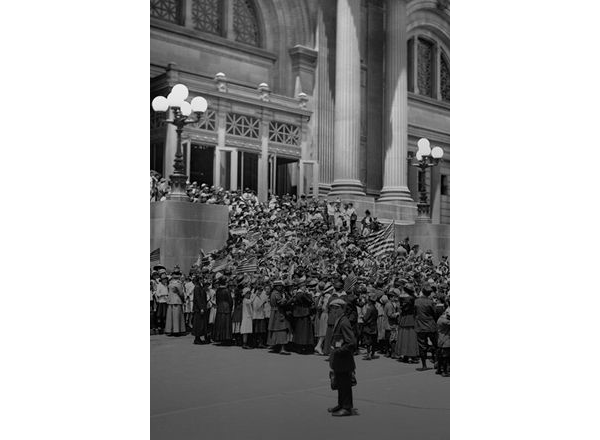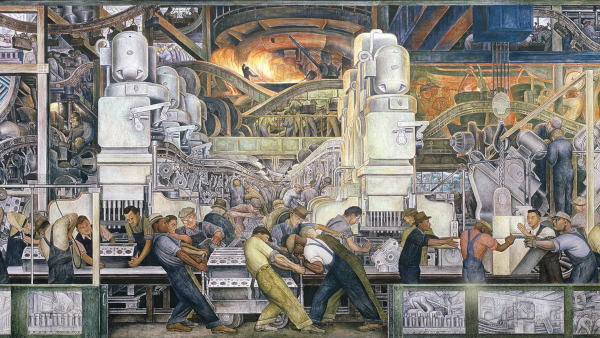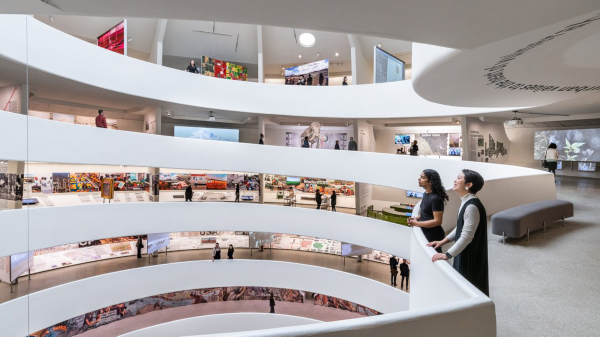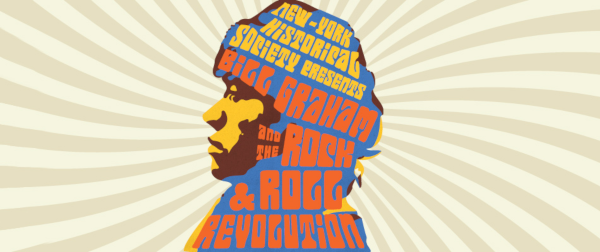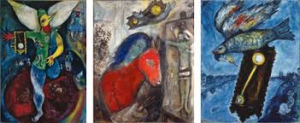While most entertainment is shut down in New York City, museums provide a welcome diversion that’s both socially distanced and enlightening. Two museums invite you to view their current feature installation from outdoors, free of charge. Four invite you in from the cold to view exhibits that will not last as long.
The Bronx Museum of the Arts
http://www.bronxmuseum.org
#SeeMeBronx
Through May 24
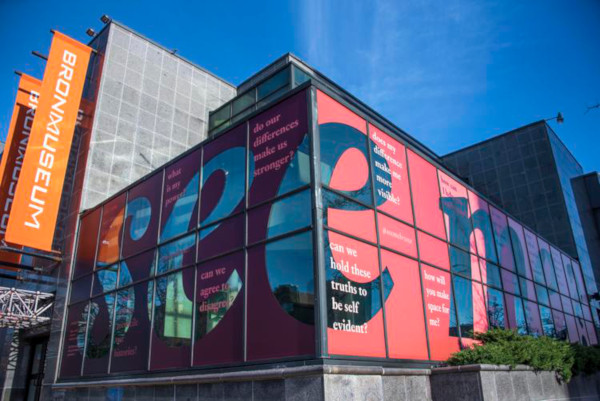
Bronx Museum of the Arts - Installation Image by Becca Guzzo
Celebrating the Bronx Museum of the Arts’ 50th anniversary, #SeeMeBronx is an interactive project about visibility, intersectionality and identity. Visitor participation is encouraged and all you need to do is write a question about any of the three topics on a sign and take a selfie of yourself with it. You then post your selfie and tag @bronxmuseum with the hashtag #seemebronx. The Museum creates a changing selection of submissions, which are then included on the installation on the outside of the museum.
The Jewish Museum
https://thejewishmuseum.org
“All the Stars in the Sky Have the Same Face”
Through February 2021
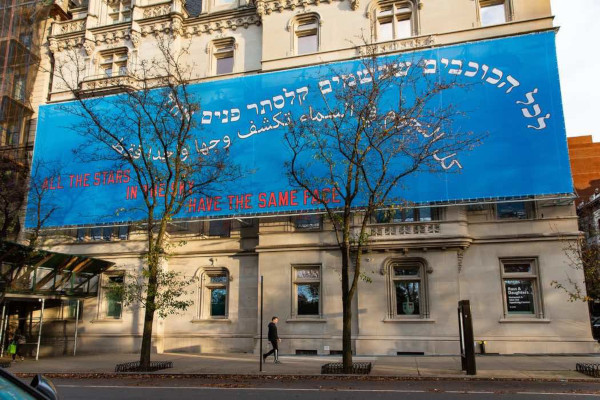
Lawerence Weiner, All the Stars Have the Same Face. The Jewish Museum, NY. Photo: Liz Ligon.
On the museum’s Fifth Avenue façade, you’ll see the building-wide banner “All the Stars in the Sky Have the Same Face” by New York City artist Lawrence Weiner. The two-story red, white and blue banner imparts a plea for shared humanity. The banner was born out of Weiner’s many years of reading messages on walls all over New York and he views these walls, like the walls of the museum, as a canvas for communicating important messages. The sentence itself derives from a Yiddish saying that Weiner has reconceived in response to anti-Semitism, xenophobia and racism, writing the words in English, Hebrew and Arabic to emphasize inclusiveness.
The Metropolitan Museum of Art
www.metmuseum.org
“About Time: Fashion and Duration”
Through February 7
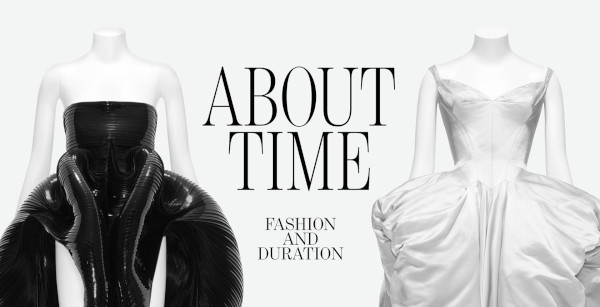
The Metropolitan Museum of Art - About Time: Fashion and Duration
In a sleek serpentine display of black silhouettes, mirrors and a pendulum that ticks off the years and moments of a timeline, two rooms of paired designs show the influence of past creations on later ones. Each creation is displayed in black to emphasize comparability. Contrasts in shape, material and decoration are discussed with many earlier designs looking as fresh as their more recent counterparts. Designers include Cristóbal Balenciaga, Gabrielle Chanel, Christian Dior, Tom Ford, Hubert de Givenchy, Christian Dior, Gabrielle Chanel, Alexander McQueen and other fashion-world cognoscenti. Timed tickets are required, and tickets are limited.
Solomon R. Guggenheim Museum
https://www.guggenheim.org
“Countryside, The Future”
Through February 15
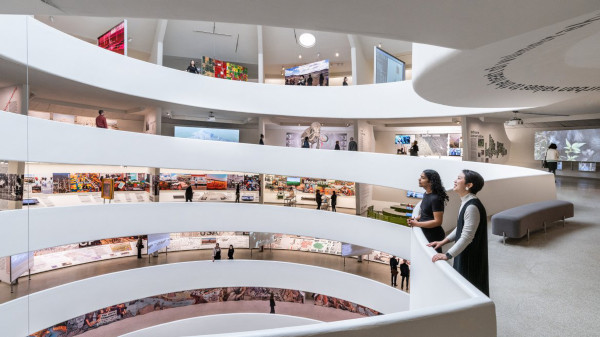
Solomon R. Guggenheim Museum - Countryside, The Future
Heavy on text and environmental and cultural references, “Countryside, The Future” lines the entire spiral of the museum, focusing on differences and evolutions in city and country living over the years. Even more relevant today than when the exhibit first opened in February 2020 (and then closed due to the pandemic), the contrasts of country concerns with the problems of the urban life spark a growing contemplation of our current situation. Whereas the movement to the country might have seemed to be gradual and remote, isolationist, or perhaps more of an environmental or political reactiveness last year, the outflow now holds extended relevance and invites closer reading of the dense texts that discuss the forces, ecosystems and other motivators to the present. The exhibit was organized by Dutch architect and theorist Rem Koolhaas with a team of researchers and was five years in the making.
MoMA The Museum of Modern Art
www.moma.org
“Handles”
Through February 2021
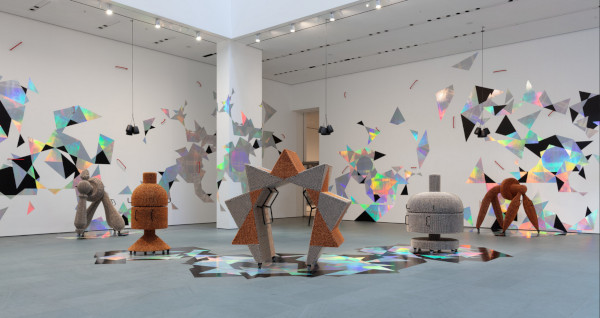
MoMA The Museum of Modern Art - Handles - Photo By: Dennis Doorly
“Handles,” a site-specific commission by Korean artist Haegue Yang for MoMA’s Marron Atrium, features six sculptures with a variety of geometries that combine with light and sound. As conceived by Yang, Handles are points of attachment and material catalysts for movement and change. Some clearly represent door handles, some move with tones of bells or rattles. A subtle background of bird sounds recorded in the DMZ between North and South Korea during the 2018 summit adds a haunting soundtrack. The effect is a sensory experience with mixed-in historical references.
Whitney Museum of American Arts
http://whitney.org/collections
“Vida Americana: Mexican Muralists Remake American Art, 1925-1945”
Through January. 31
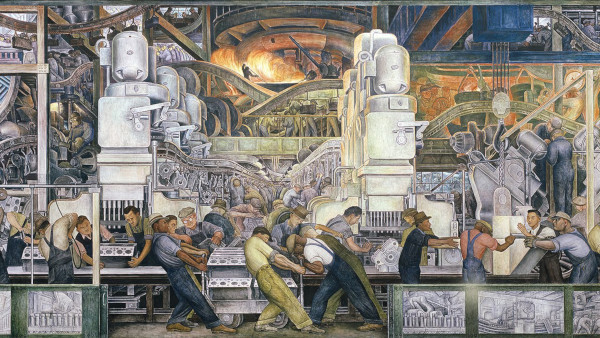
Whitney Museum of American Arts - Vida Americana: Mexican Muralists Remake American Art, 1925-1945
A striking exhibit of three Mexican muralists alongside their American contemporaries, “Vida Americana: Mexican Muralists Remake American Art, 1925-1945” presents approximately 200 works by 60 artists. Pieces by Diego Rivera, Jose Clemente Orozco and David Alfaro Siqueiros acknowledge the influence of these painters on art in the United States during the twenty-year period. Of particular note is the reproduction of Diego Rivera’s controversial mural “Man at the Crossroads” removed from Rockefeller Center due to the inclusion of Vladimir Lenin. Also mounted are never-before-shown sketches of this giant mural.
Much like the city that never sleeps, online never sleeps either, so you can tour these museums virtually as well.
Google Arts & Culture
This non-profit initiative by Google Arts & Culture is a compendium of NYC museums and cultural institutions around the world available 24/7 with virtual tours. https://artsandculture.google.com



